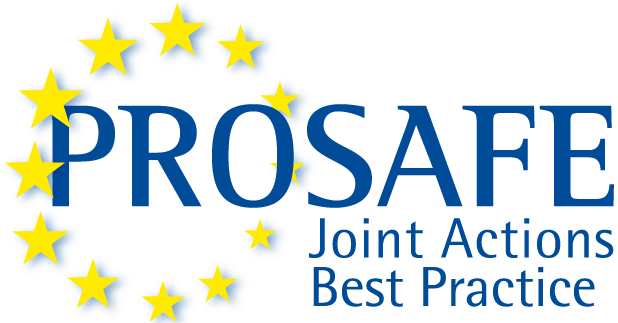JA2011 - Fireworks 1
The hazards related to fireworks are multiple and depend upon the sort of fireworks:
- Non-compliant fuses may cause the fireworks to explode too close to the consumer because the fuse burning time is too short, or the consumer will be tempted to go back to reignite the article, if the fuse burning time is too long.
- Fireworks with excessive net explosive contents compared to the standards will have too powerful effects that may harm consumers or damage properties.
- Fireworks with uncontrollable flight may hit consumers or property causing wounds, burns or fire.
- Burning or glowing debris from fireworks where the effect are released at a too low height may hit customers or property causing wounds, burns or fire.
- Fireworks that produce too loud sound effects may cause temporary or permanent hearing damages.
- In particular batteries and combinations may tilt when ignited resulting in shots being fired horizontally out between consumers where they can cause wounds, burns, blinding, eye injuries and hearing damages.
The primary focus of the activity was to develop best practices and exchange experience with the implementation of the new requirements of the Directive 2007/23/EC and/or EN 15947 and to build up a better understanding of the European market.
The following 10 Member States are participating in the Fireworks Activity: Belgium, Bulgaria, Denmark, Malta, Norway, Poland, Portugal, Slovenia, Sweden and the Netherlands. In addition Iceland participated out of the financial scheme.
The activity included market surveillance, sampling and testing and follow up based on the results. The participating member states have sampled the following fireworks from the market:
- Category 1 – Fountains;
- Category 2 - Small batteries and combinations, small rockets;
- Category 2/3 - Flash bangers and Roman candles.
